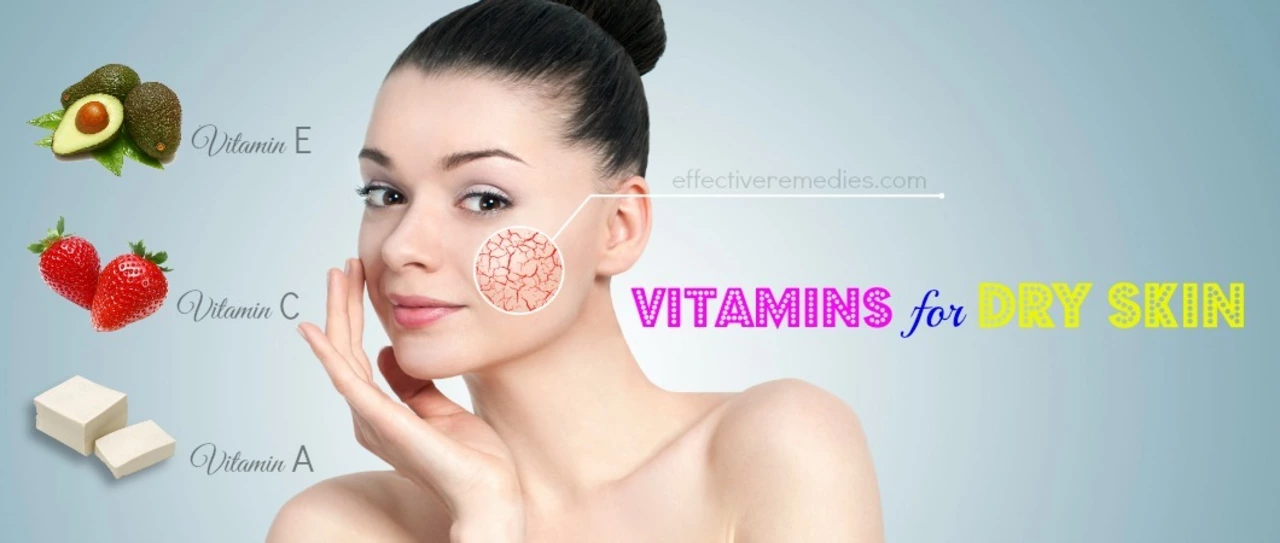Healing abrasions: practical steps to clean, dress, and recover
Got a nasty scrape? Abrasions usually look worse than they are, but how you treat them right away changes how fast they heal and whether they scar. Keep it simple: stop the bleeding, clean gently, keep the wound slightly moist, and protect it from dirt and sun.
Start by washing your hands. Rinse the abrasion under cool running water for a minute or two to flush out dirt and grit. Use a mild soap around the wound—don’t scrub the raw area—and rinse again. If you feel or see small pieces of gravel or glass, remove them with clean tweezers after rinsing. If debris won’t come out, get medical help.
Next, control bleeding. Small abrasions usually stop with gentle pressure for a few minutes. If bleeding won’t stop after 10–15 minutes of firm pressure, see a clinic. For most scrapes, apply a thin layer of petroleum jelly (like Vaseline) or an antibiotic ointment to keep the surface moist; moist healing reduces scab size and speeds recovery.
Cover the wound with a non-stick sterile dressing or adhesive bandage. Change the dressing once a day or when it gets dirty or wet. If the area is large or in a spot that rubs (knees, elbows), use a larger dressing and check it twice daily. Leaving very small, clean abrasions open to air can work for some people, but a covered, moist wound usually heals faster and produces less scarring.
What to avoid
Don’t use hydrogen peroxide, rubbing alcohol, or strong antiseptics on a fresh abrasion—these kill cells that help the wound heal and slow recovery. Don’t pick at scabs or scratch as the skin closes; that increases scarring and infection risk. Skip heavy creams, perfumed lotions, and harsh exfoliants until the area is fully healed.
When to see a doctor and how to reduce scars
Get medical care if the abrasion is deep, won’t stop bleeding, exposes fat or muscle, contains embedded debris you can’t remove, or shows infection signs: growing redness, warmth, swelling, pus, or fever. People with diabetes, poor circulation, or immune problems should see a clinician early—even for small scrapes. Ask about a tetanus shot if the wound is dirty and your last booster was over 5 years ago.
To cut down on scars, protect new skin from sun for months—use clothing or sunscreen once the skin has closed. Once the wound is healed and closed, silicone gel or sheets and gentle massage for a few minutes daily can soften the scar. If a scar is thick or painful after months, a dermatologist can offer treatments like steroid injections or laser therapy.
Simple care works: clean, keep moist, protect, watch for infection, and avoid sun. Follow those steps and most abrasions heal in days to a couple of weeks with minimal scarring.

The Role of Vitamin E in Healing Abrasions
In my latest blog post, I discussed the important role of Vitamin E in healing abrasions. I found out that this essential nutrient helps speed up the healing process by promoting cell regeneration and fostering a healthy immune response. Additionally, Vitamin E has antioxidant properties that protect our skin from damage caused by free radicals. I also shared some tips on how to incorporate more Vitamin E-rich foods into our diets and the option of using topical creams for better wound care. Overall, including Vitamin E in our daily lives can make a significant difference in the healing of abrasions and maintaining skin health.
Read more